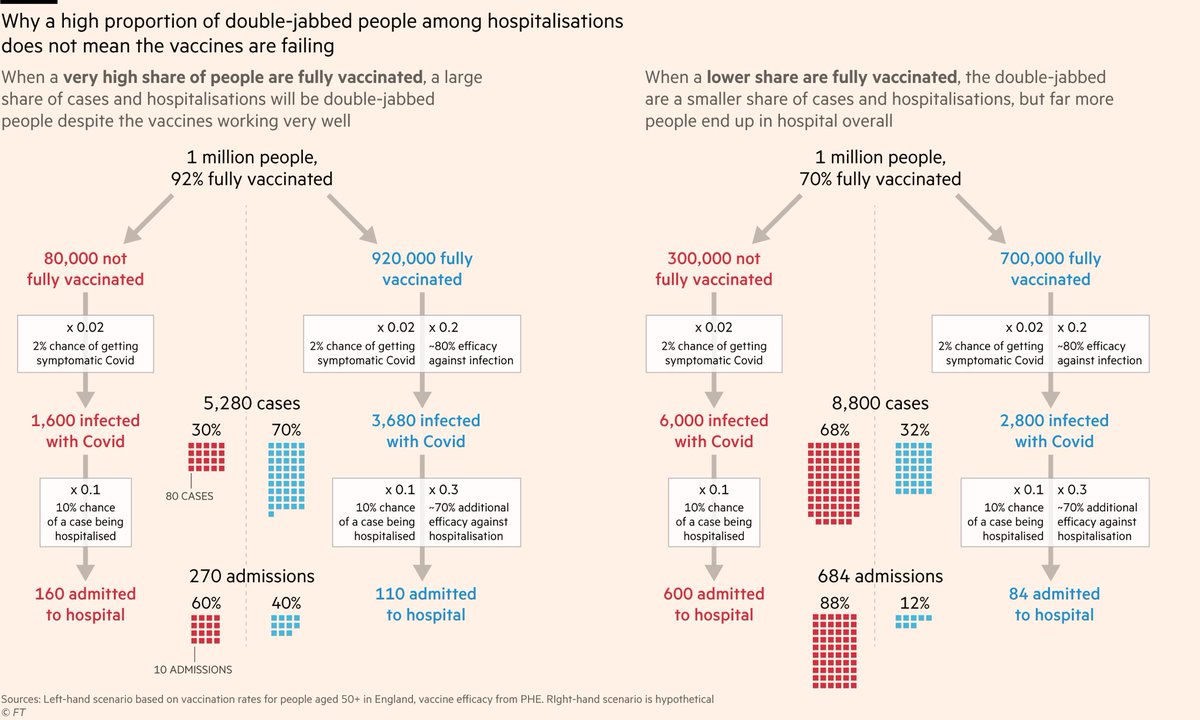
There’s a wild story about the women’s gymnastics at the Sydney Olympics in 2000, which I think is very relevant to what we’re hearing about Simone Biles, and the wider point of how the top level of elite sport is just as much mental as it is physical.
In the women’s all-round final in 2000, the organisers set the vault at the wrong height. Two inches too low. This was a pretty huge deal.
For competitors who have done thousands, maybe tens of thousands of vaults at a specific height, a two inch difference is night and day.
For competitors who have done thousands, maybe tens of thousands of vaults at a specific height, a two inch difference is night and day.
In the first round, 17 of 36 finalists fumbled the vault
One landed on her back. Clear gold-medal favourite, Russia’s Svetlana Khorkina (comfortably won qualifying) landed on her knees.
Total chaos, and nobody knew why. Athletes second-guessing themselves.
One landed on her back. Clear gold-medal favourite, Russia’s Svetlana Khorkina (comfortably won qualifying) landed on her knees.
Total chaos, and nobody knew why. Athletes second-guessing themselves.
Khorkina was essentially the Biles of her day (okay nobody has ever been on Biles’ level, but you get the picture).
She had won gold four years earlier and had 9 original skills named after her.
In qualifying she won on uneven bars, came 2nd on the floor, and 3rd on the vault.
She had won gold four years earlier and had 9 original skills named after her.
In qualifying she won on uneven bars, came 2nd on the floor, and 3rd on the vault.
So she does the vault, which is set too low, and she lands on her knees.
In qualifying she scored 9.713. After landing on her knees in the final she gets 9.343, an enormous drop that would have ranked 25th in qualifying.
That just ... doesn’t happen for an athlete at that level
In qualifying she scored 9.713. After landing on her knees in the final she gets 9.343, an enormous drop that would have ranked 25th in qualifying.
That just ... doesn’t happen for an athlete at that level
And remember, she doesn’t know the vault was at the wrong height. She just knows she’s done what she always does, but it’s gone completely wrong. Confidence totally shattered.
She’s the best. She doesn’t make mistakes, she wins.
She’s the best. She doesn’t make mistakes, she wins.
Next is the uneven bars, her best event, where 3 skills are named after her, and she won gold four years earlier. She won it comfortably in qualifying.
But now everything she knew about her ability has gone out the window. She’s gone from knowing she will win, to maybe no medal.
But now everything she knew about her ability has gone out the window. She’s gone from knowing she will win, to maybe no medal.
She falls off the bars, landing on her knees again.
She goes from a 9.850 in qualifying (would have easily won the final) to a 9.012 (tied for 31st).
At this point it’s game over.
She goes from a 9.850 in qualifying (would have easily won the final) to a 9.012 (tied for 31st).
At this point it’s game over.
She soldiers on and eventually finishes 10th overall, but she came for gold.
To me this shows how critical confidence is at that level. You know you’re the best. The knowledge that you’re the best is part of what makes you the best.
If that’s shaken, whether by a wrongly set vault, by harsh judging, by anything, you’ve lost part of what gives you an edge
If that’s shaken, whether by a wrongly set vault, by harsh judging, by anything, you’ve lost part of what gives you an edge
A knock to athletic confidence can be as damaging as a torn muscle. You go out there and do what you’ve done a million times before, but you’re not the athlete you were 10 minutes earlier, and you can no longer do what you could. The damage is not visible, but it’s no less real.
And the silver lining to end the story: Khorkina went out the next day and won gold in the uneven bars as a standalone event, and then won silver the next day in the floor exercise.
Biles has taken some knocks in the last 48 hours, but fingers crossed she can bounce back.
Biles has taken some knocks in the last 48 hours, but fingers crossed she can bounce back.
Sources:
• Shout-out to @mikefinchsa, @Scienceofsport & @HelenBayneZA who mentioned this incident in their excellent podcast on gymnastics (and Biles) yesterday
• The folks at Sports-reference who recorded all the 2000 results web.archive.org/web/2020041709…
• Shout-out to @mikefinchsa, @Scienceofsport & @HelenBayneZA who mentioned this incident in their excellent podcast on gymnastics (and Biles) yesterday
https://twitter.com/Scienceofsport/status/1419690563943665669
• The folks at Sports-reference who recorded all the 2000 results web.archive.org/web/2020041709…
• • •
Missing some Tweet in this thread? You can try to
force a refresh









